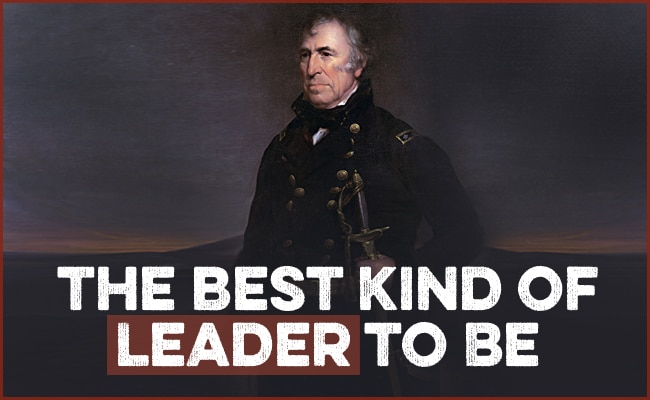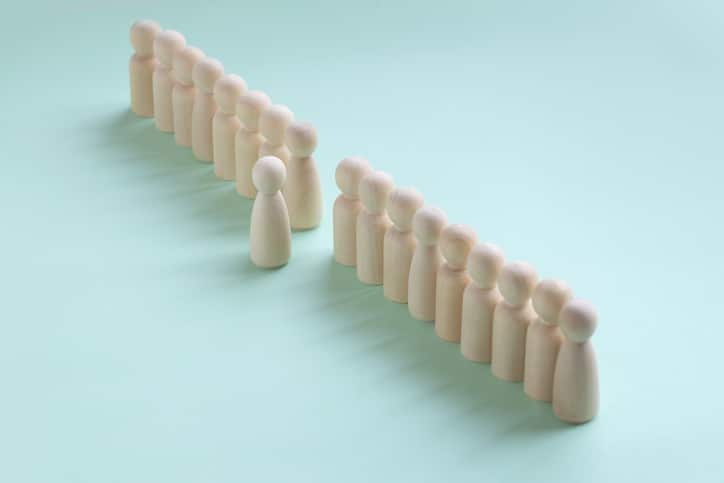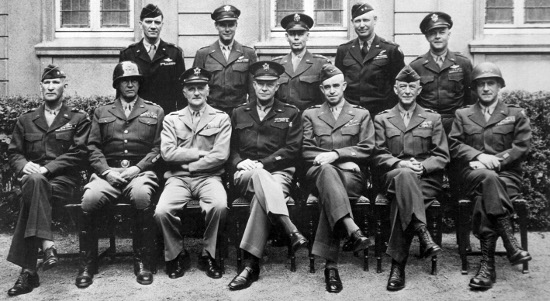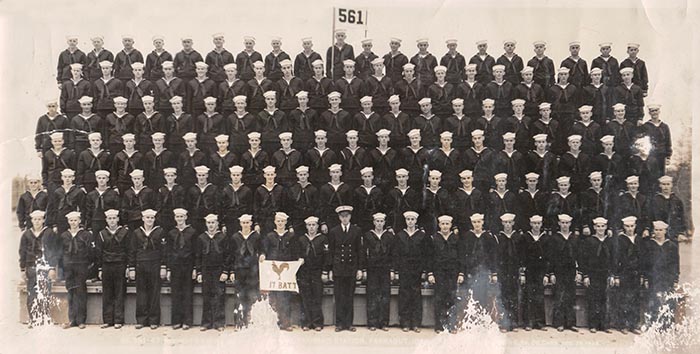
The first general put in command of American troops during the Mexican-American war was Zachary Taylor. “Old Rough and Ready” didn’t care much for garrison discipline and military formality. He was steady and unruffled and spoke laconically, choosing his words carefully and using as few as needed to get his point across. Taylor didn’t mind getting his boots dirty and mingled freely with the enlisted men. Indeed, it was hard to distinguish him from them; rather than wearing the uniform of a general, he dressed in blue denim pants and a rumpled linen jacket.
As biographer Jean Edward Smith describes, he had an “easy, disarming manner,” and “when reviewing troops or watching maneuvers, he would usually sit sideways in the saddle, both feet dangling on one side, chewing tobacco—looking like a man watching field hands harvesting a crop.”
For political reasons, President James Polk transferred many of Taylor’s troops to the command of General Winfield Scott during the war. Scott was very much Taylor’s opposite. Known as “Old Fuss and Feathers,” he kept himself apart from his men and loved pomp and ceremony. He wore every piece of the general’s uniform he could and insisted that his staff dress smartly too. He wrote his orders with rhetorical flourish, referring to himself in the third person.
Similar divergences in leadership style can be seen in other pairs of generals throughout history.
Ulysses S. Grant, who served under Taylor during the Mexican-American War, admired how Old Rough and Ready comported himself; “No soldier could face either danger or responsibility more calmly than he,” Grant said of him. Grant modeled his own career off Taylor’s example and led the Union army in an understated and buttoned-down way.
Robert E. Lee, on the other hand, emulated Scott and embraced, as historian Bruce Catton put it, “The business of living and looking the part of a great soldier, with splendor worn as a familiar cloak about starred shoulders.”
The divergence in the men’s style is well illustrated in their meeting at Appomattox. As Grant remembered in his memoirs:
When I had left the camp that morning I had not expected to see so soon the result that was then taking place, and consequently was in rough garb. I was without sword, as I usually was when on horseback in the field, and wore a soldier’s blouse for a coat, with the shoulder straps of my rank to indicate to the army who I was. When I went into the house I found General Lee. . . . General Lee was dressed in a full uniform which was entirely new, and was wearing a sword of considerable value, very likely the sword which had been presented by the State of Virginia . . . In my rough traveling suit, the uniform of a private with the straps of a lieutenant-general, I must have contrasted very strangely with a man so handsomely dressed, six feet high and of faultless form.
During World War II, Dwight D. Eisenhower and George S. Patton offered another study in contrasts.
Eisenhower was modest and restrained in both his appearance and operating style. Besides his famous waist-length “Ike jacket,” which he appreciated for its functionality, there wasn’t much to distinguish his dress. He spurned publicity and managed his responsibilities in subtle, diplomatic ways. His time as the country’s chief executive is known as the “hidden-hand presidency” for the way he outwardly seemed to lead more passively while secretly pulling levers behind the scenes.
In his memoirs, Eisenhower expressed his belief that:
Professional military ability and strength of character, always required in high military position, are often marred by unfortunate characteristics, the most frequently encountered and hurtful ones being a too obvious avidity for public acclaim and the delusion that strength of purpose demands arrogant and insufferable deportment. A soldier once remarked that a man sure of his footing does not need to mount a horse!
Eisenhower might have been referring to Patton, with whom he sometimes clashed.
Patton was attention-seeking and bombastic. Known as “Old Blood and Guts,” he operated with outsized bravado. Patton did everything he did with intentional showmanship and theatricality, believing that doing so would help his men see themselves as part of a great drama and motivate heroic effort. His speeches were profane and colorful, and as professor Edgar F. Puryear describes, his dress was flashy and deliberately chosen for dramatic effect:
As a general officer he wore a magnificently tailored, form-fitting battle jacket with brass buttons. Above the left pocket were four rows of campaign ribbons and decorations and on each shoulder and shirt collar were pinned oversized general’s stars. His trousers were whipcord riding breeches. He wore high-topped calvary boots, shined to a mirror-like finish, and spurs. Around his waist was a hand-carved leather belt with a gleaming brass buckle. On each side rested a pearl-handled pistol ornamented with the stars of a four-star general. In his hand he carried a riding crop. His helmet was shellacked to a lustrous finish, and it too had stars. One officer in describing General Patton’s dress said, ‘The first time you see him, boom!’ There is no doubt that his appearance in uniform attracted attention. His dress seemed to say, ‘I’m Patton—the best damn general in this or any other army.’
Patton also rode around in an open, well-polished Jeep that was emblazoned with stars denoting his rank, decked out in red upholstery, and equipped with a 50-caliber machine gun and a French horn, which emitted a distinct sound that unmistakably announced the general’s arrival.
Patton not only comported himself with a high degree of spit and polish, but demanded that his men do likewise. He was a stickler for rules and regulations, believing that “Sloppy soldiers don’t win battles.”
What’s interesting about all of these contrasting pairs of generals is that despite the significant differences between them — in some cases they were truly polar opposites — they were all effective leaders. Each had their distinct flaws, but each was a gifted commander.
The very same phenomenon can be seen today amongst the coaches of college and professional sports.
You’ve got coaches like Pete Carroll, a student of Stoicism who leads with a calm, understated demeanor. And then you’ve got coaches like Deion Sanders — Coach Prime — who heads his program with bombast and off-the-charts swagger. Both approaches win player loyalty, and games.
Oftentimes, we think that there’s just one way to be a leader, some ultimate archetype or mold that we have to fit ourselves into.
But the truth is that you can find success as a leader who’s casual and laid-back, or strict and demanding; controlled and humble, or flashy and confident.
Leadership is less about adopting a certain set of traits, and more about honing and amplifying the attributes that are most instinctive to you. Lean into and heighten those qualities that are part of your unique disposition and allow the ways you speak, act, and dress to be a natural outgrowth of your own well-developed philosophy.
Don’t act like somebody else. The best kind of leader to be . . . is the kind of leader you are.






